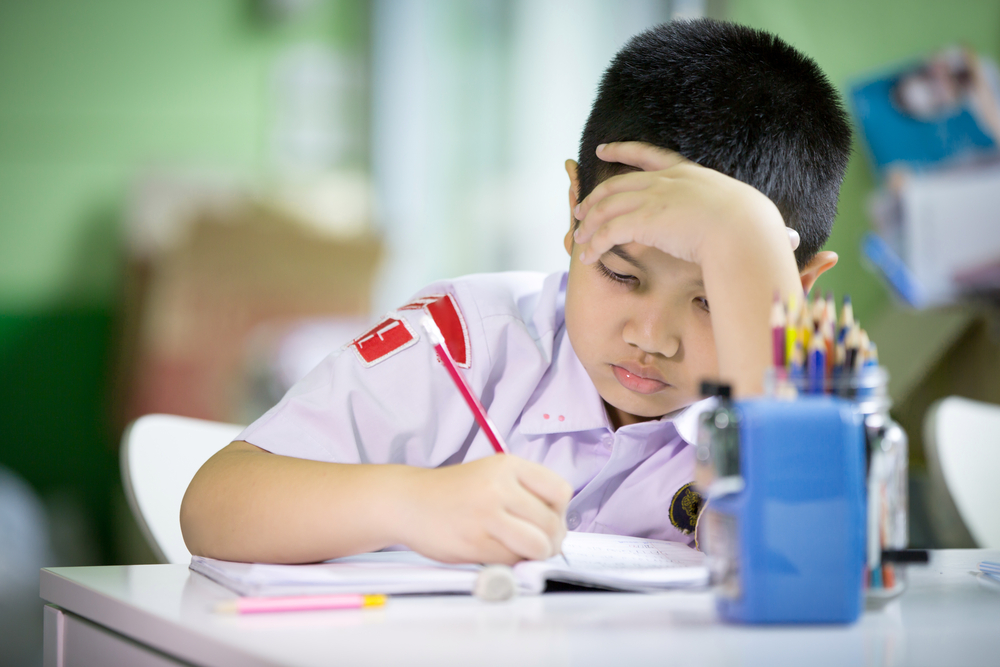Alphabet tracing Worksheets for Ages 5-8
8 filtered results
-
From - To
Welcome to our Alphabet Tracing Worksheets for Ages 5-8! These engaging worksheets are designed to help young learners master letter formation and improve fine motor skills. Each worksheet features a variety of fun and interactive activities, promoting recognition and writing of both uppercase and lowercase letters. Ideal for home and classroom use, our resources provide endless practice opportunities while encouraging creativity. Students can color the illustrations, trace letters, and even complete exciting games to reinforce their learning. Whether for part of a school curriculum or personalized practice, our worksheets support your child’s journey to becoming a confident writer! Download them today!
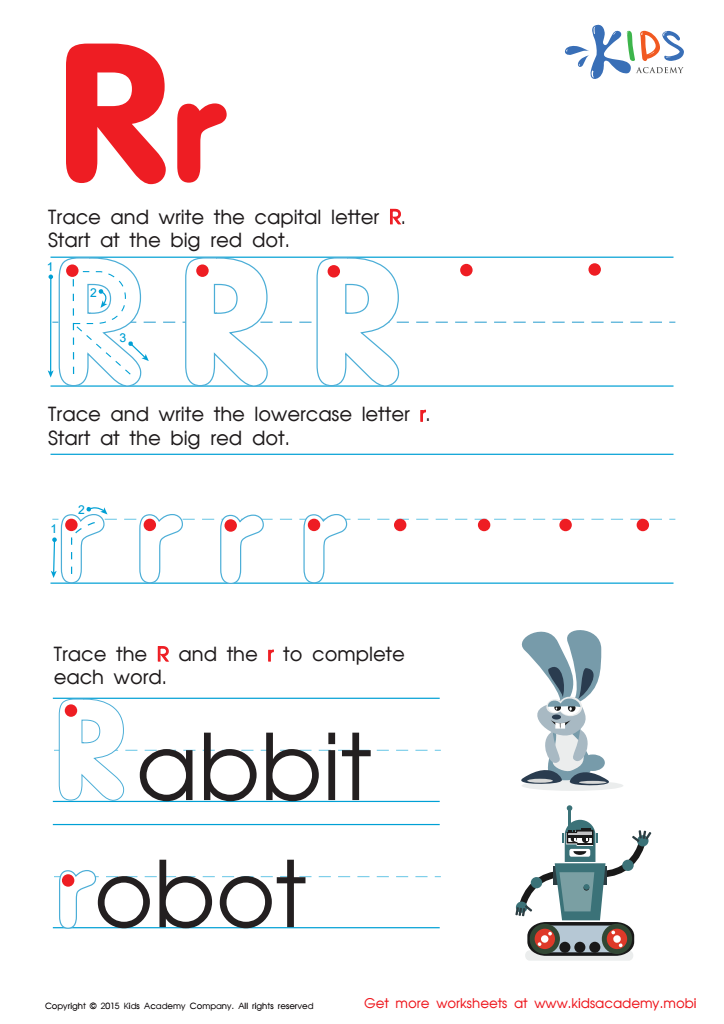

Letter R Tracing Page


Letter P Tracing Page


Letter Q Tracing Page


Letter H Tracing Page
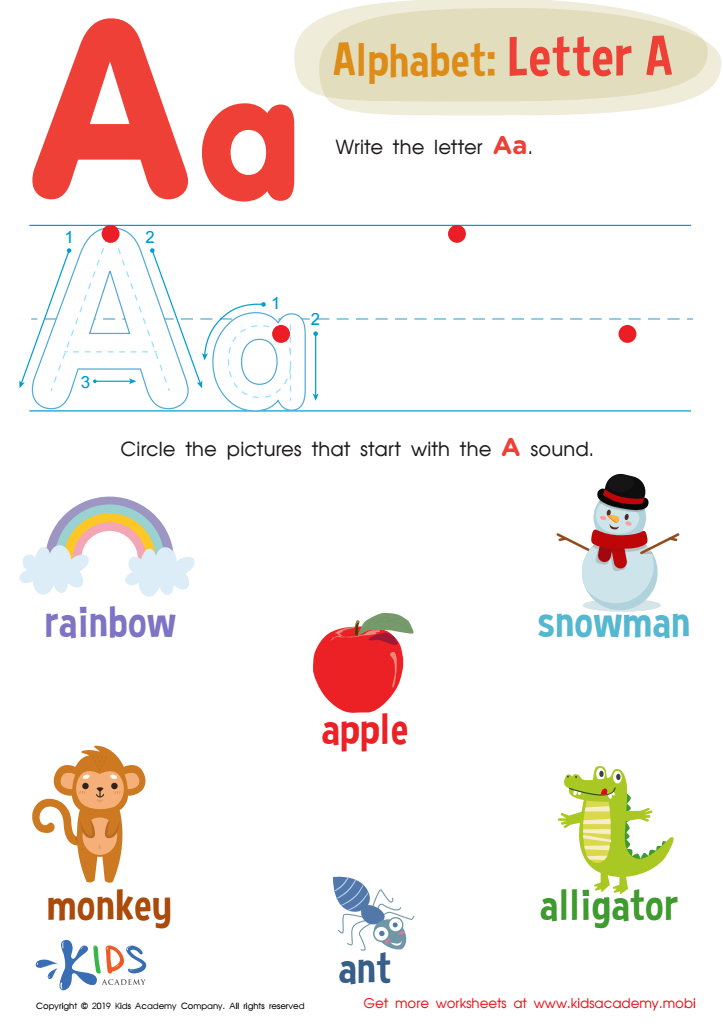

Letter A Tracing Worksheet
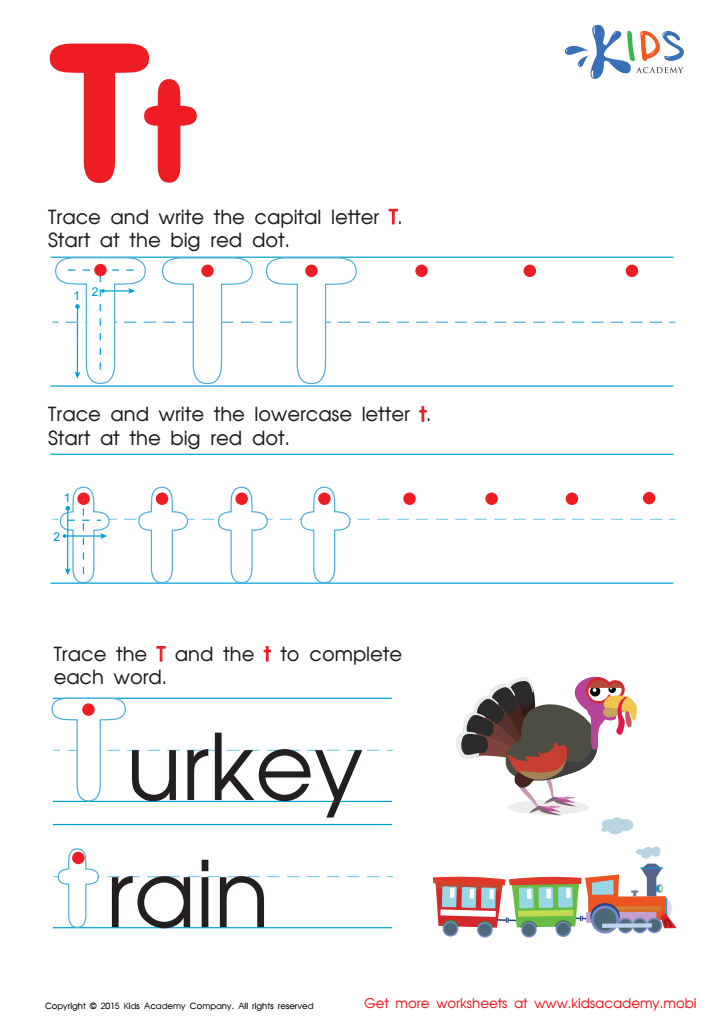

Letter T Tracing Page


Letter D Tracing Page
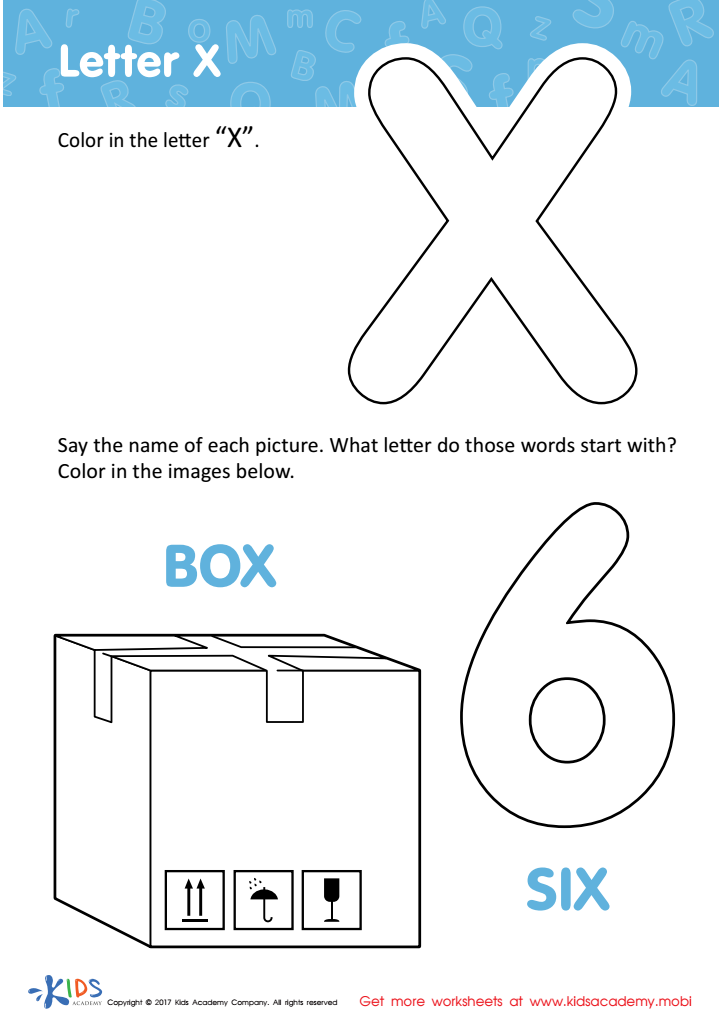

Letter X Coloring Sheet
Alphabet tracing is a fundamental activity for children aged 5-8 that lays the groundwork for literacy and writing skills. During this crucial developmental stage, children begin to understand the shapes and sounds of letters, which are essential for reading. Tracing helps solidify their fine motor skills, enabling better control over writing instruments. This activity promotes hand-eye coordination, which is vital in daily life tasks and academic pursuits.
Moreover, alphabet tracing encourages cognitive development as children learn to recognize and differentiate between letters. It also fosters creativity and concentration, engaging young minds in a focused task. Tracing promotes visual learning by helping children associate letters with words, thereby enhancing vocabulary and spelling skills.
For parents and teachers, supporting this activity means promoting confidence and independence in writing capabilities. Children who regularly practice tracing often progress more quickly to writing their letters and words autonomously. This support builds a positive association with learning, making reading and writing more enjoyable.
In summary, alphabet tracing is critical not only for developing essential skills but also for nurturing a love for learning. Parents and educators should prioritize and incorporate this practice into their routines to set the foundation for children's future educational success.
 Assign to My Students
Assign to My Students






